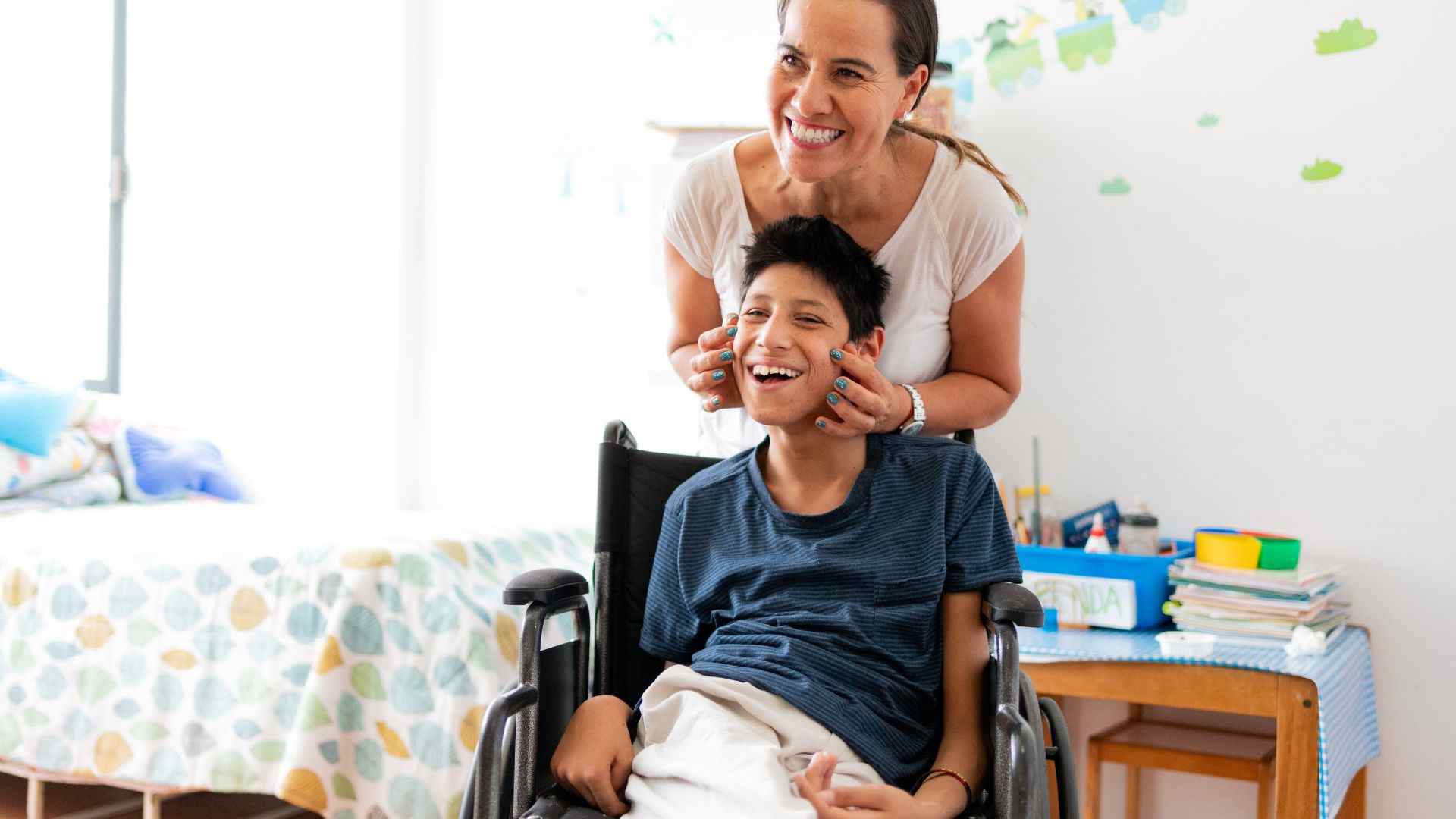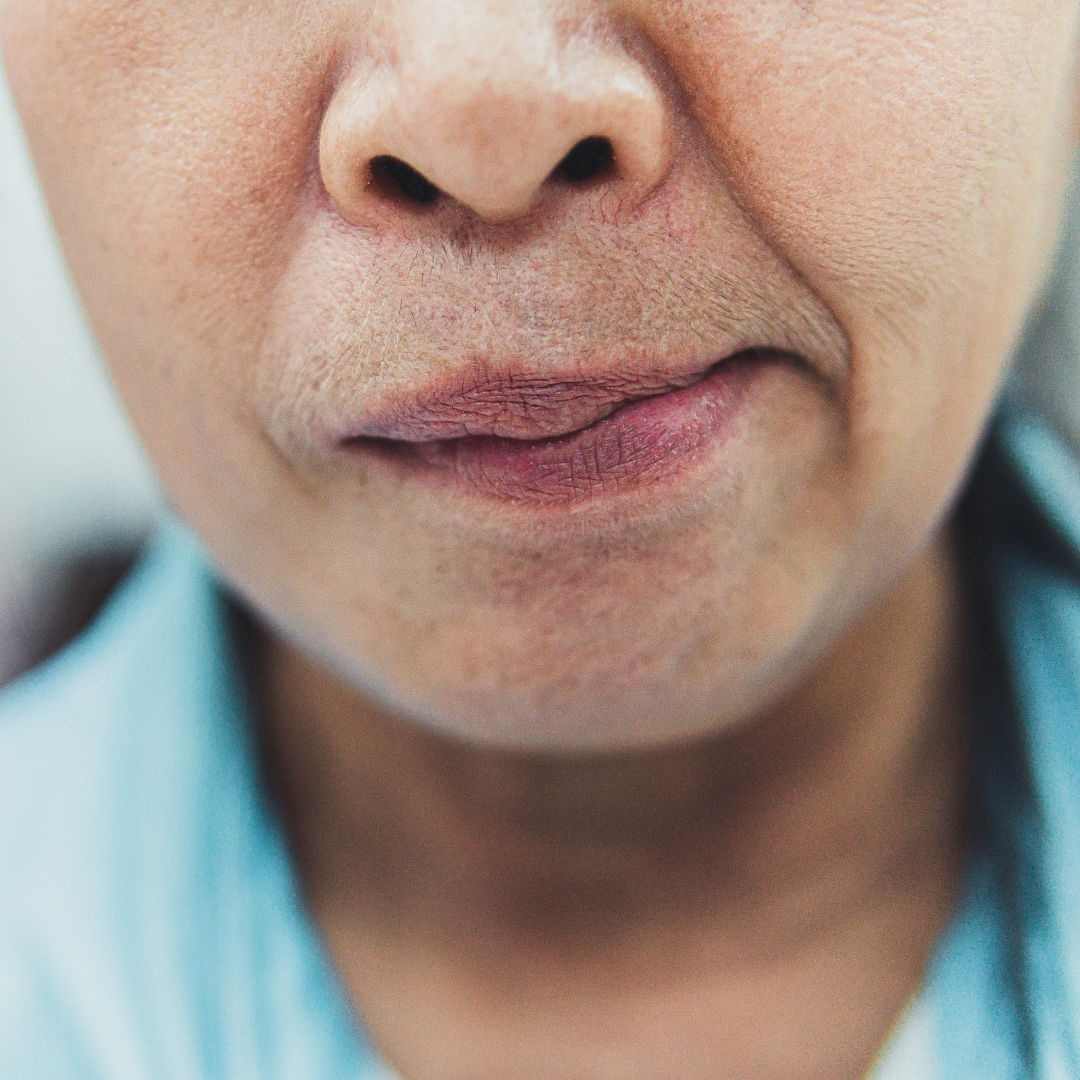Feeling disconnected from your own reflection, facial palsy can limit your ability to express emotions. Dr. Sudhakar Prasad offers a precise solution to restore both facial function and confidence, enhancing your quality of life.

Limits your ability to express emotions, making it difficult to smile or show joy, creating a barrier in communication and leaving you feeling disconnected and unheard.
The asymmetry caused by facial palsy can impact your self-esteem, making you feel self-conscious and less confident, both socially and professionally.
Facial palsy can make everyday tasks, like eating, speaking, or blinking, more challenging, affecting your daily life and adding frustration to routine activities.
Dr. Sudhakar Prasad’s facial palsy correction surgery is more than just a procedure — it’s a precision-driven approach to restoring both the function and aesthetics of your face. By carefully reconstructing the muscles and nerves affected by palsy, Dr. Prasad helps restore natural facial expressions and improve overall function.
His advanced surgical techniques, combined with a deep understanding of facial anatomy, ensure that every procedure is tailored to the unique needs of the patient. Whether the facial palsy is congenital, caused by trauma, or a result of medical conditions like Bell’s palsy, Dr. Prasad’s expertise guarantees that you are in safe hands. With his approach, you can be confident that the restoration of your facial function will be done with precision, leading to natural results and a smoother recovery.
Dr. Sudhakar Prasad’s facial palsy correction focuses on restoring your ability to express emotions naturally, improving communication and allowing you to engage with others confidently.
Through precise surgical techniques, Dr. Prasad works to restore balance to your facial features, helping you achieve a more symmetrical appearance and boosting your self-esteem.
Dr. Prasad’s approach helps you feel more confident in social and professional settings, allowing you to engage with others without feeling self-conscious.
Dr. Prasad’s surgical methods target the underlying causes of facial palsy, restoring the ability to smile, blink, and express emotions, improving both appearance and function.
Dr. Prasad’s correction surgery helps you regain control over essential daily tasks like eating, speaking, and blinking, improving your overall quality of life.
With over 28 years of experience, Dr. Sudhakar Prasad provides precise, personalized care, ensuring that each procedure is tailored to your unique needs for the best possible outcome.

Facial palsy correction is a surgical procedure designed to restore facial symmetry and function in individuals who have experienced facial nerve damage. This condition can result from a variety of causes, including trauma, stroke, or Bell’s palsy, and can lead to an inability to express emotions, such as smiling, frowning, or blinking.
Facial palsy correction surgery involves a detailed approach to reconstructing the facial muscles and nerves that have been affected by the condition. Dr. Sudhakar Prasad utilizes advanced surgical techniques to restore the movement and function of the facial muscles, ensuring that the results look natural and are tailored to the patient’s unique needs. Depending on the severity and cause of the facial palsy, the procedure may involve nerve grafts, muscle transfers, or the repositioning of facial tissue.
Facial palsy can result from various factors, including trauma, stroke, or conditions like Bell’s palsy. It can affect your ability to express emotions, such as smiling, frowning, or blinking, which can make communication difficult and affect your confidence.
In severe cases, it may interfere with daily activities like eating, speaking, or even closing your eyes, leading to frustration and social isolation.
Recovery time varies from patient to patient, but generally, most individuals can expect a few weeks of rest before returning to light activities.
Dr. Sudhakar Prasad ensures a personalized recovery plan, with follow-up visits to monitor progress. Full recovery, including regaining facial function and expression, may take several months, with gradual improvements over time.
Yes, facial palsy correction surgery is safe when performed by an experienced and skilled surgeon like Dr. Sudhakar Prasad.
With over 28+ years of experience, Dr. Sudhakar Prasad prioritizes patient safety and uses advanced techniques to minimize risks and ensure the best possible outcome.
Dr. Sudhakar Prasad uses minimally invasive techniques whenever possible to reduce the appearance of scars. While some scarring may occur, it is typically well-hidden within natural facial lines, and the benefits of restoring facial function and symmetry far outweigh the cosmetic concerns.
While some immediate improvements may be visible, full results take time. Facial movement and symmetry will gradually improve as the healing process progresses, and it may take several months to achieve the final outcome.
Dr. Sudhakar Prasad’s expertise ensures that the results are natural and tailored to your specific needs.
Yes, facial palsy correction can be performed even if you’ve had the condition for many years.
Dr. Sudhakar Prasad’s advanced techniques are designed to address long-standing issues, helping to restore facial function and appearance regardless of the duration of the condition.
Dr. Sudhakar Prasad will assess your condition through a thorough consultation and evaluation. Factors such as the cause of your facial palsy, the severity of your symptoms, and your overall health will determine whether facial palsy correction surgery is the right option for you.
His personalized approach ensures that every patient receives the most appropriate treatment for their unique needs.
When considering facial palsy correction surgery, it’s important to understand that the cost can vary based on several factors, including the severity of the condition, the type of procedure required, and the surgeon’s expertise.
Dr. Sudhakar Prasad provides transparent pricing and personalized treatment plans to ensure that you receive the best care within your budget.

Comprehensive surgery to restore facial function and symmetry, including nerve grafts or muscle transfers.
Pricing starts from ₹1,50,000 - ₹4,00,000
Surgical procedure to repair damaged nerves, restoring facial movements.
Pricing starts from ₹1,00,000 - ₹2,50,000
Surgical procedure to transfer healthy muscles to the affected area, improving facial expressions.
Pricing starts from ₹1,50,000 - ₹3,00,000
Non-surgical treatment to temporarily improve facial symmetry and muscle function.
Pricing starts from ₹15,000 - ₹40,000 per session
Post-surgery therapy to help restore facial movement and muscle tone.
Pricing starts from ₹10,000 - ₹25,000 per session

When it comes to liposuction in Hyderabad, experience is everything—and Dr. Sudhakar Prasad has over 28 years of expertise in performing cosmetic and plastic surgeries with precision.
From shaping your body to enhancing your natural contours, his deep understanding of the human body makes him one of the most trusted surgeons in Hyderabad. Dr. Prasad is renowned for his ability to create natural-looking results with minimal downtime, ensuring you’re back on your feet—and looking your best—faster than you thought possible.
As the President of the Indian Society for Microsurgery and a member of the Asia Pacific Cranio-Facial Association, Dr. Sudhakar Prasad brings a wealth of expertise to every procedure.
With 1000s of happy patients, Dr. Sudhakar Prasad has successfully handled a wide range of complex cases, earning trust and delivering outstanding results in the fields of plastic, reconstructive, and microsurgery.
Discover how Dr. Sudhakar Prasad has transformed lives with personalized care and exceptional results through the experiences of his satisfied patients.



Utilizing Crisalix 3D imaging technology, you can preview potential post-surgery results. With your photos, this digital tool creates detailed simulations, so you can make informed decisions about your care.
Trust in what you see and step confidently towards your recovery with clarity and assurance.

When it comes to facial palsy correction surgery, it’s natural to have questions or concerns. Whether it’s about the procedure itself, the costs, or the potential risks, understanding these factors is essential before making any decisions. Dr. Sudhakar Prasad believes in transparent communication, which is why he takes the time to address all objections and concerns surrounding facial palsy surgery
It’s completely understandable to be concerned about the cost of surgery. Facial palsy correction surgery can be an investment in both your appearance and your quality of life. Dr. Sudhakar Prasad offers a transparent pricing structure and works with patients to create personalized treatment plans.
Additionally, financing options may be available to make the procedure more accessible. The cost of restoring facial function and symmetry can be seen as an investment in your long-term well-being and self-confidence.
Many patients feel apprehensive about how their loved ones will react to their decision to undergo facial palsy correction surgery. It’s important to remember that this decision is about you and your well-being.
Dr. Sudhakar Prasad encourages open communication, and if needed, he can help guide you in discussing your choice with family and friends. Understanding your reasons and the positive impact on your quality of life can help them be more supportive.
Dr. Sudhakar Prasad uses advanced surgical techniques to minimize scarring and ensure that the results look as natural as possible. The incisions are often made in discreet locations where scars can be easily concealed.
Over time, any scarring that does occur will fade, leaving you with a more balanced, functional, and aesthetically pleasing appearance. The goal is to restore facial symmetry and expression, and Dr. Sudhakar Prasad’s experience ensures the best possible cosmetic outcomes.
While all surgeries carry some risk, Dr. Sudhakar Prasad’s extensive experience and careful planning minimize the likelihood of complications. He takes a personalized approach, tailoring the procedure to your unique needs.
If any issues arise, Dr. Sudhakar Prasad provides continuous support and follow-up care to address concerns and ensure a smooth recovery. His commitment to patient care ensures that you are in safe hands throughout the entire process.
Facial palsy correction surgery can restore both the functional and emotional aspects of facial expression. While the physical results are important, the emotional benefits of being able to express yourself freely again cannot be underestimated.
Many patients experience a significant improvement in their self-esteem and social interactions. Dr. Sudhakar Prasad’s goal is to help you regain a sense of normalcy and confidence in both your appearance and your ability to communicate.
Facial palsy correction surgery is a complex procedure, and while initial improvements may be visible shortly after the surgery, full recovery can take several months.
Dr. Sudhakar Prasad provides a clear timeline for your recovery, including follow-up appointments to monitor progress. With his expertise, you can be confident that your results will continue to improve over time, helping you regain facial expression and symmetry.
Facial palsy correction surgery can be beneficial for individuals with varying degrees of facial nerve impairment. Whether you have mild or severe symptoms, Dr. Sudhakar Prasad customizes the treatment plan to suit your needs.
Even those with long-standing or mild cases can experience significant improvements in both function and appearance, restoring facial symmetry and expression.
If you’re ready to take the next step toward improving your facial expression and quality of life, Dr. Sudhakar Prasad is here to provide expert care and personalized treatment.
Reach out today to schedule a consultation and discuss how his years of experience can help you regain the natural, expressive face you deserve.